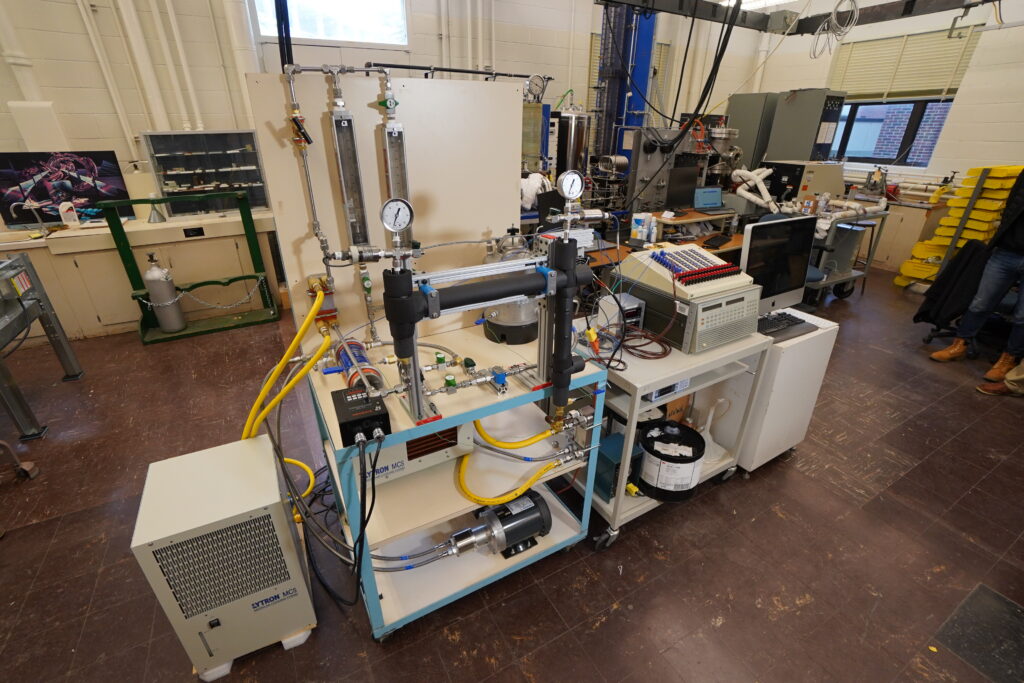Cool new cable could expedite EV charging
- PostedPublished 25 February 2022
Engineers at Purdue University have developed a new charging cable that uses phase-change cooling to allow for greatly increased current delivery.
This, according to the American university’s researchers, could allow for even large commercial electric vehicles to be charged in as little as five minutes.
One of the limiting factors for charging is the current capacity of the cable used. Increased charging speeds entail higher currents, which in turn entail higher temperatures – and the liquid cooling systems used in many chargers’ cables can only handle so much heat.
The new cable developed by Purdue’s researchers, however, can safely deliver over 2400A, compared to the claimed maximum of 520A from current high-end chargers.
This current-handling capability has been attained through the use of a liquid-to-vapour cooling system that removes ten times more heat than conventional liquid-cooled alternatives.

Because the phase-change cooling system is so effective, the diameter of the cable and its cooling sleeve is also kept manageable.
Furthermore, to deliver the mooted five-minute charging time – assuming the charger and vehicle hardware could support it – only 1400A of the cable’s capacity would be required.
“The industry has a gap in knowledge and expertise needed to switch from pure liquid cooling to liquid phase change cooling,” said Issam Mudawar, Purdue’s Betty Ruth and Milton B. Hollander Family Professor of Mechanical Engineering. “But we do have this knowledge through our extensive research.”
A patent for the cable, the development of which has been partially funded by Ford, has now been filed. New development partners are also being sought and prototypes are hoped to be tested on EVs within two years.
- CategoriesIn SightGlass
- Tagssightglass news issue 26

